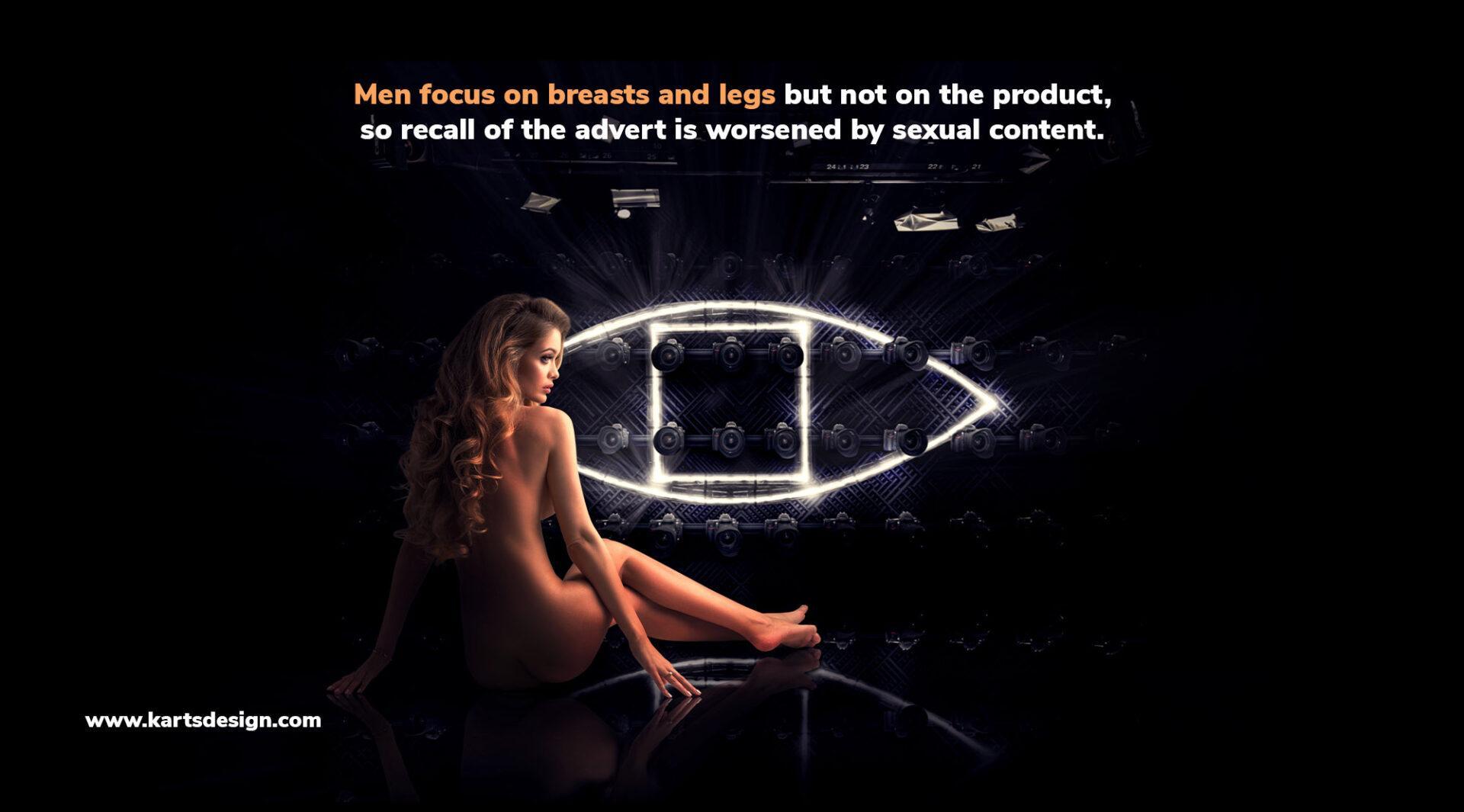Nudity in advertisements (+18 content)
Have you ever wondered why you see so few ads with nudity?
Or why do you see so many of them?
Today we will answer these questions.

But from the beginning

But from the beginning:
The earliest known use of sex in advertising is by the Pearl Tobacco brand in 1871, which featured a naked maiden on the package cover.
In terms of design and composition, there is much to learn from it even today.

Other early forms of sex appeal in advertising include woodcuts and illustrations of attractive women (often unclothed from the waist up) adorning posters, signs, and ads for saloons, tonics, and tobacco. In several notable cases, sex in advertising has been claimed as the reason for increased consumer interest and sales.

Gallup & Robinson, an advertising and marketing research firm, has found the use of the erotic to be a significantly above-average technique in communicating with the marketplace.

Abercrombie & Fitch used sex to market their brand in a variety of ways, including store greeters dressed only in underwear, models working in-store and topless models on the bags.
The use of sexual branding raised their revenue from $85 million in 1993 to $1.35 billion in 2002.

Sexuality in advertising is extremely effective at attracting the consumer’s attention and once it has their attention, to remember the message.
Nudity is great in attracting attention, but 2005 research by MediaAnalyzer has found that less than 10% of men recalled the brand of sexual ads, compared to more than 19% of non-sexual ads; a similar result was found in women (10.8% vs. 22.3%).

Other studies have found that sex in television is extremely overrated and does not sell products in ads.

Nudity in ads sell if is related to the product: such as beauty, health or hygiene.

A study from the University of Minnesota in 2013 of how printed ads with sexual content affects women clearly showed that women are not attracted to them except in the case of products being luxurious and expensive.

Women respond less negatively to sexual adverts when it is in the context of gift giving from a man to a woman, i.e. when the sexuality of the advert is the context of commitment. Men respond more negatively to the sexual advert when it involves gift giving.

There is a serious risk that the audience in general will reduce support to organisations that uses the sexual images of women without a legitimate reason.

Further research found that men have a positive attitude to sexual adverts, whereas women have a negative response to them, this study used an advert with both a male and female.

Research shows that females were more likely than males to be portrayed as nude, wearing sexual clothing or only a partial amount of clothing.

Men focus on breasts and legs but not on the product, so recall of the advert is worsened by sexual content.

So remember – nudity in ads can be effective in some cases.
But in many situations, it can even worsen the perception of the ad.
Nudity in ads must be used wisely.


Sources:
https://en.wikipedia.org/wiki/Sex_in_advertising

Thank you for reading this article.
I hope you learned something interesting.
I am working hard to provide you with valuable and interesting knowledge – this is my gift.
🙂
Your gift could be to share this article on social media or show it to your friends – others can also gain knowledge and Karts Design can reach a larger audience and grow.
Thank you so much.
Subscribe to our newsletter to receive interesting and valuable content.

















